It is estimated that more pesticides are used by homeowners and families than by actual farmers. This is an incredibly large amount of pesticides being used by everyday gardeners, but chemical pesticides can have their dangers. Here are some great ways to avoid using potentially toxic pesticides and replacing them with safer and more environmental-friendly alternatives. Here is how to make natural pesticides for plants.
How To Make Natural Pesticides For Plants
Know what pests you have
First off, make sure you know what kinds of pests are infesting your yard (or are most likely to infest your yard if you haven’t started gardening yet). Depending on what insects come your way, you will want to customize your natural pesticides.
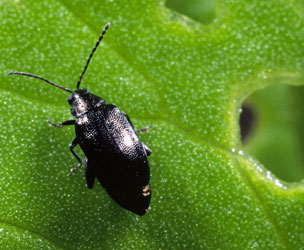
Diatomaceous Earth
This is an effective way to get rid of most pesky pests, although it’s not technically considered a pesticide. Just sprinkle some diatomaceous earth around your flowerbeds and gardens and that should do the trick. The small, sharp particles damage the insects’ exoskeleton and kill them, getting rid of your pest problem!
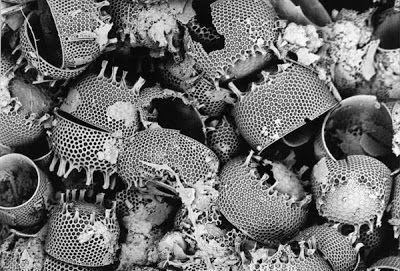
Milk and Water
This is best to treat powdery mildew. Mix equal part milk and water in a spray bottle and spray wherever you see the mildew growing. Spread your treatments a week apart from each other and continue until the disease is gone.
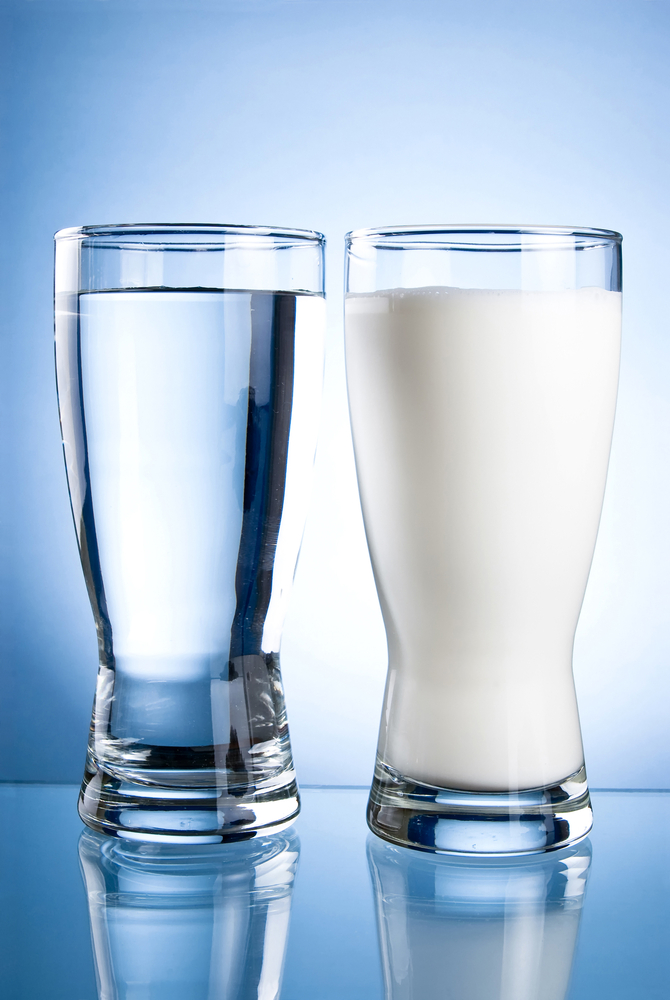
Cayenne Pepper & Ivory Soap
Mix one tablespoon of cayenne pepper and a few drops of liquid soap (ivory seems to work well). Let it sit overnight before using it. Make sure to shake the bottle frequently during application in order to get a good mixture of soap and pepper.
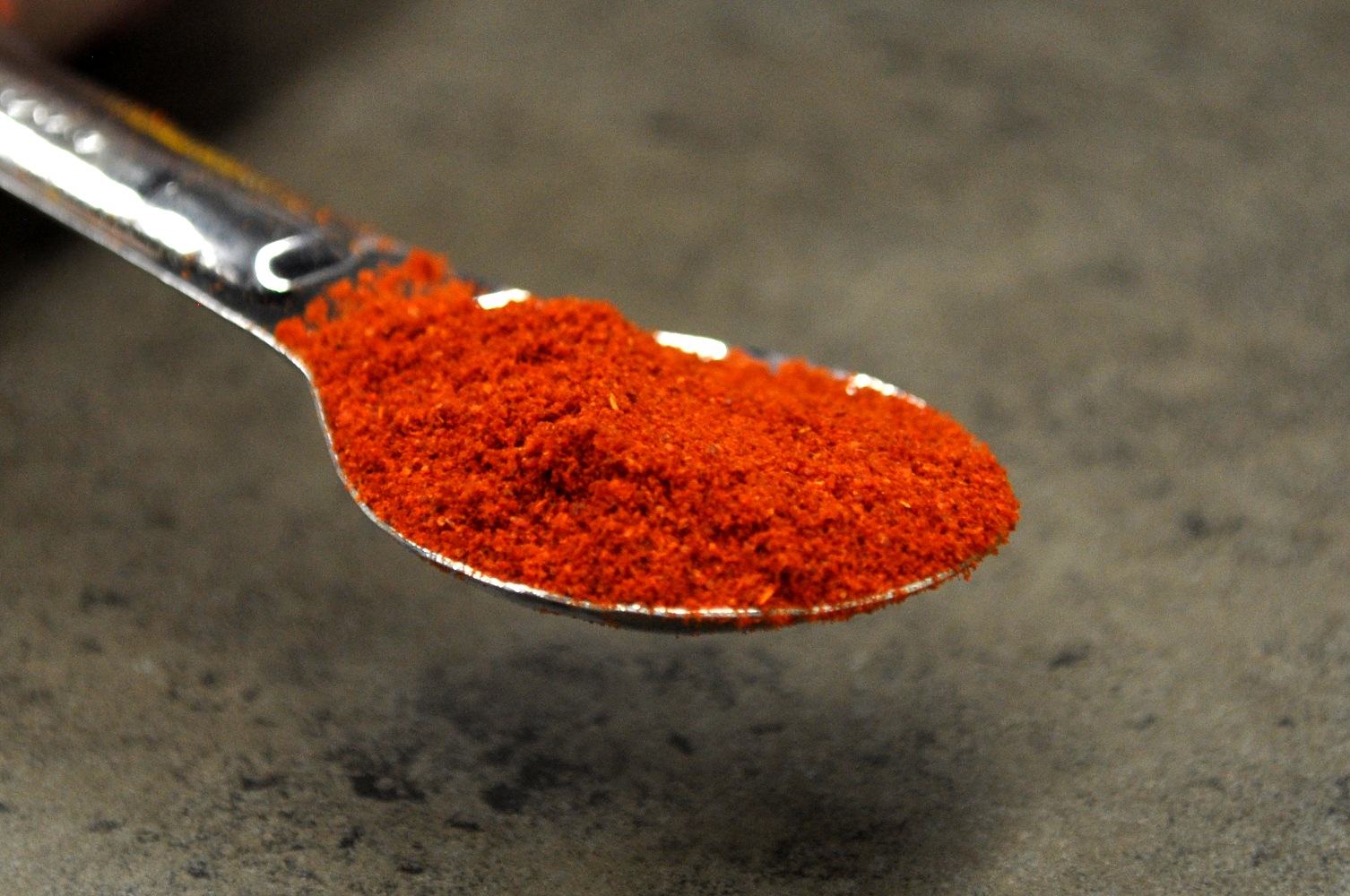
Milky Spores
The grubs that cause dead grass can be frustrating and annoying. Especially when they seem to be all over your yard. A simple solution to this problem is by spreading milky spores wherever the grubs are. This will kill them without doing any damage to the lawn!
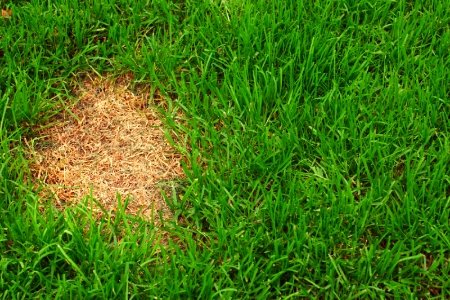
Canola Oil and Ivory Soap
Mix one tablespoon of canola oil and a few drops of soap into one quart of water. When spraying your plants, make sure to get all around the stems and leaves (underneath included). This is best to get rid of aphids, mites and other soft body insects.
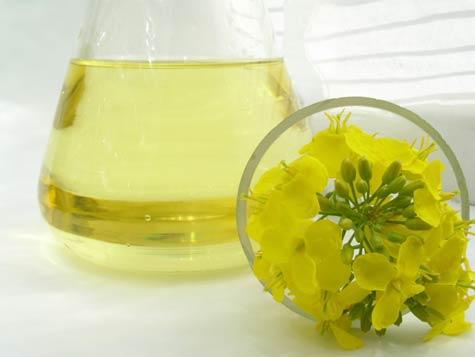
Essential Oils
Much like some of the other solutions, just mix the essential oils in with some ivory soap and spray the plants you want to protect. Orange and lemon essential oils work best in this mixture and even leave a refreshing aroma!
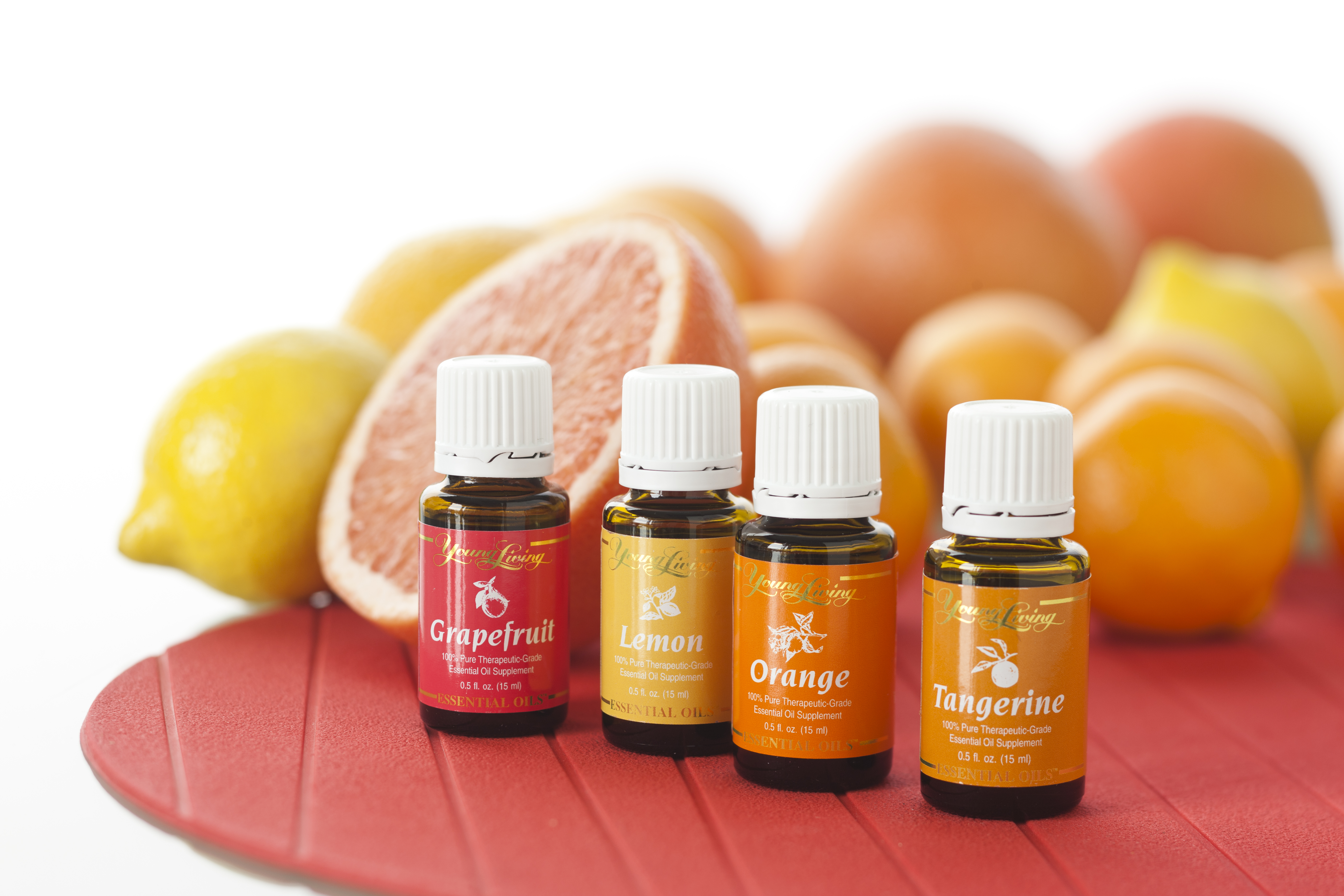
Baking Soda
This concoction is best for getting rid of fungi. Mix two tablespoons with a quart of water and cover your plants with the mixture. Repeat this process every few days until the fungus dies off.
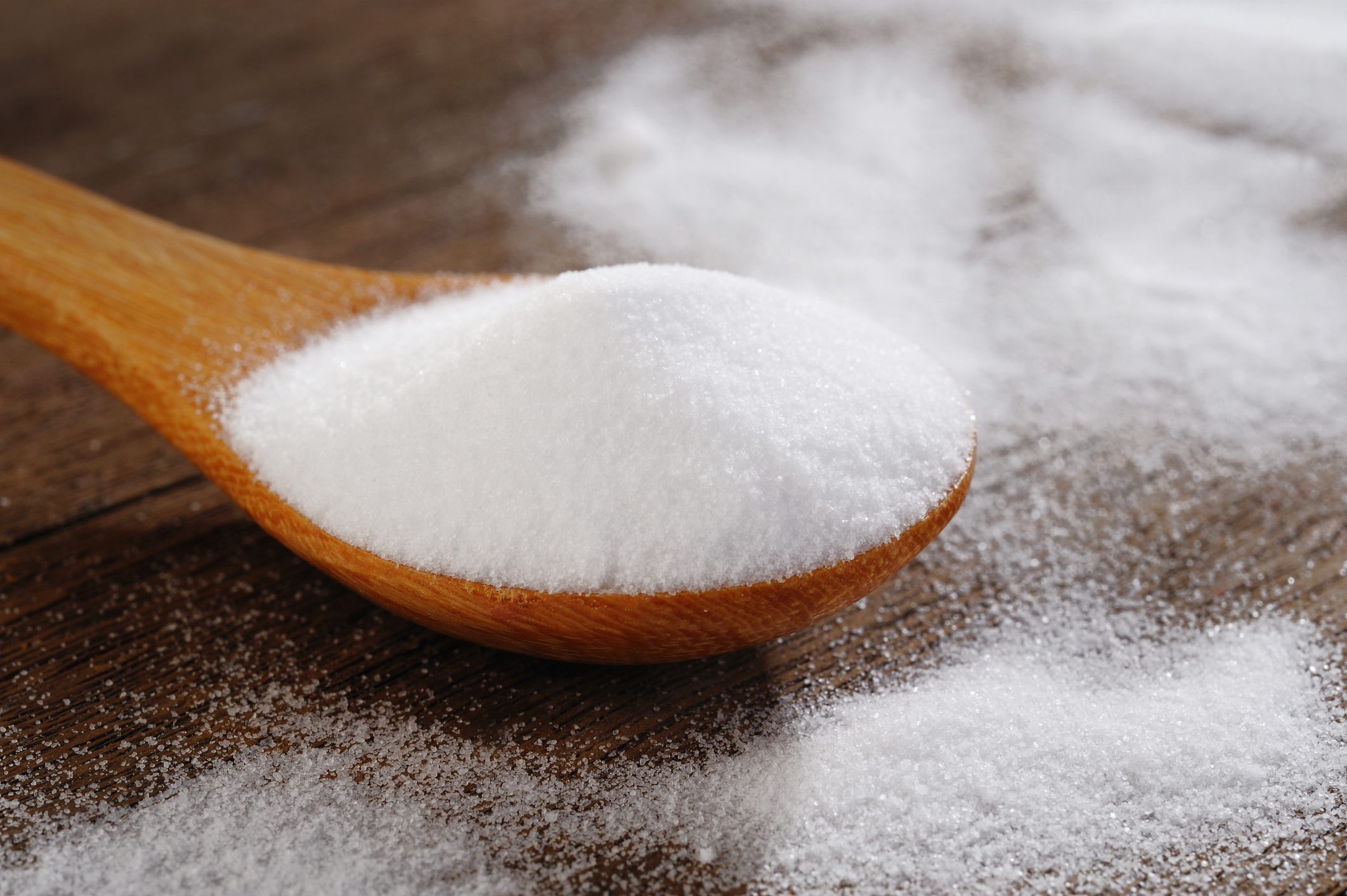
Garlic
This solution is much like the cayenne paper natural pesticides. Mix one tablespoon with some liquid soap and let it sit overnight. The good thing about a garlic-based pesticide is that it also repels rabbits and deer!
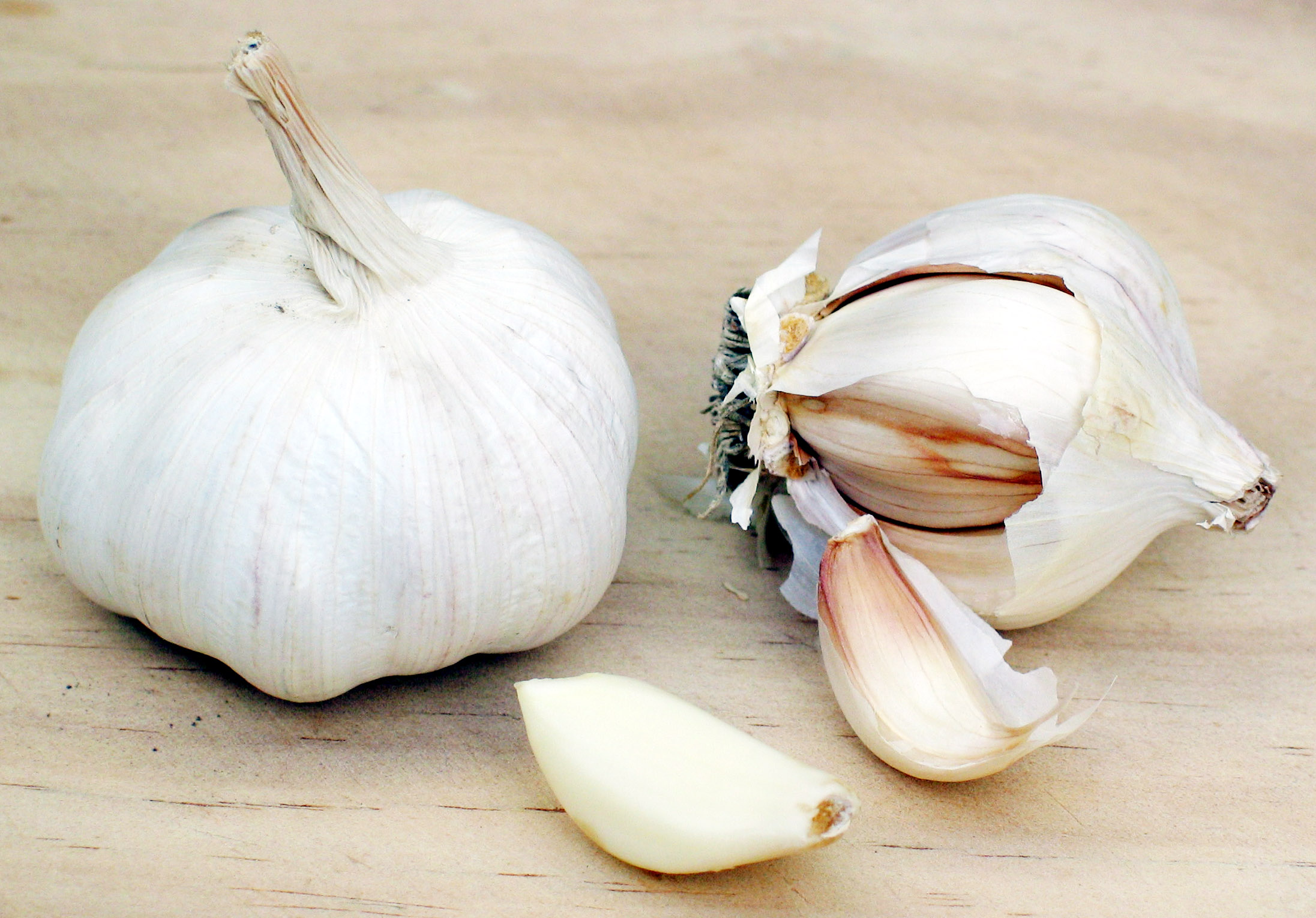
Eucalyptus Oil
This is best used to ward off flies, bees, and wasps, which can be helpful to a garden, but not when there’s a yardful. Simply sprinkle the eucalyptus oil wherever you see the bugs hanging out and the problem should soon be taken care of.
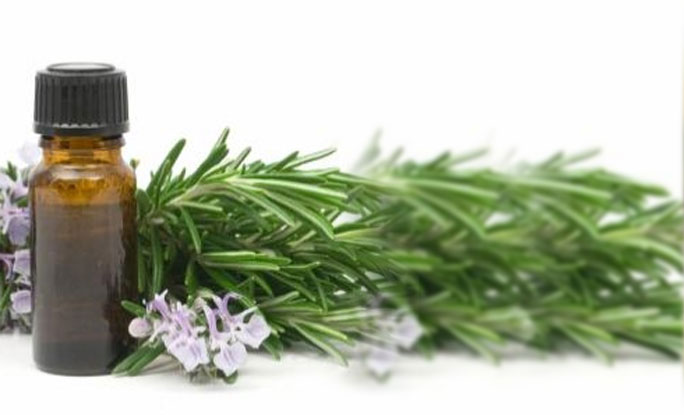
Salt
Himalayan Crystal Salt is also a great alternative for natural pesticides. Mix two tablespoons in one gallon of water and spray your plants to your heart’s content! Repeat the process if you see pests beginning to return to your yard.
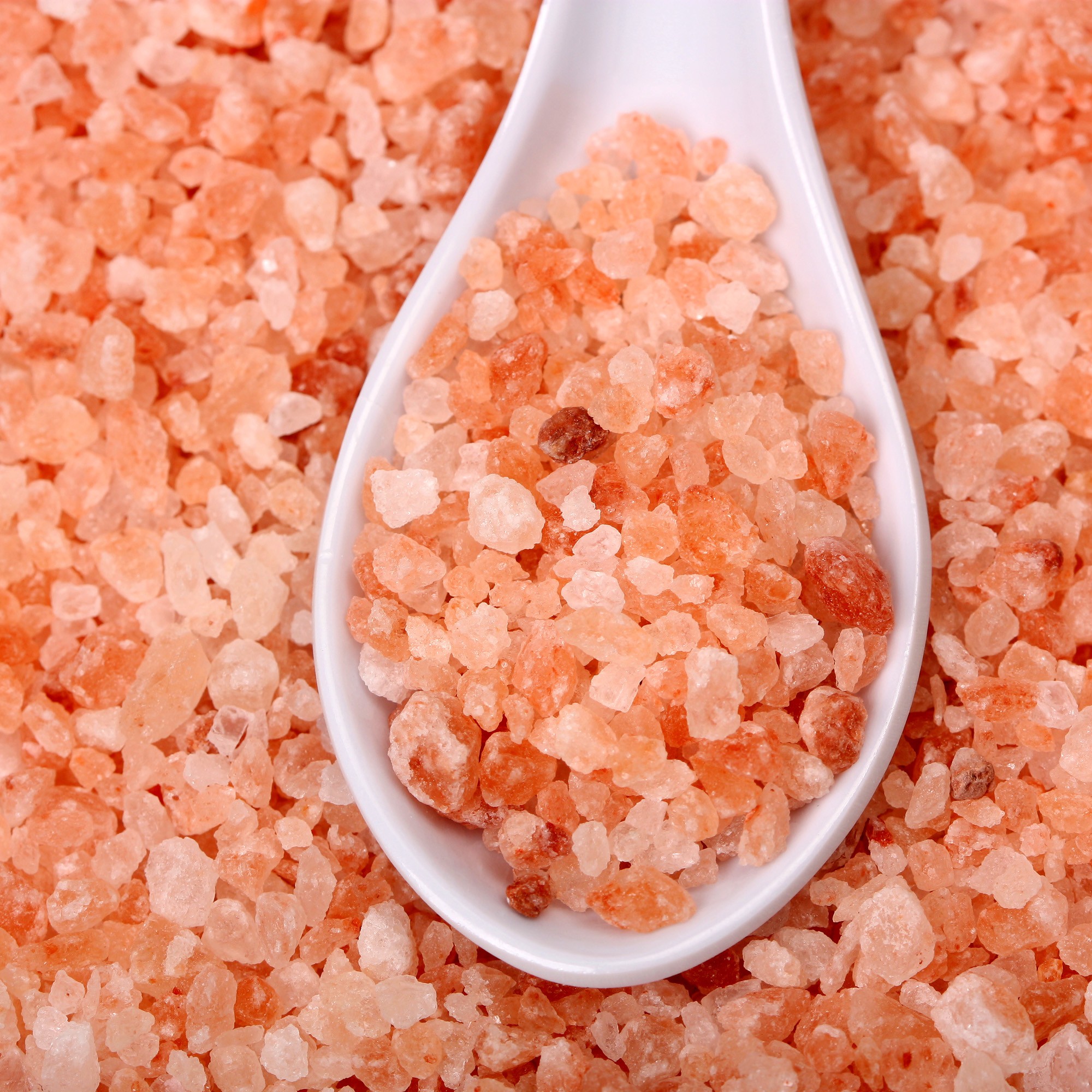
I hope these tips on how to make natural pesticides for plants helps you out!
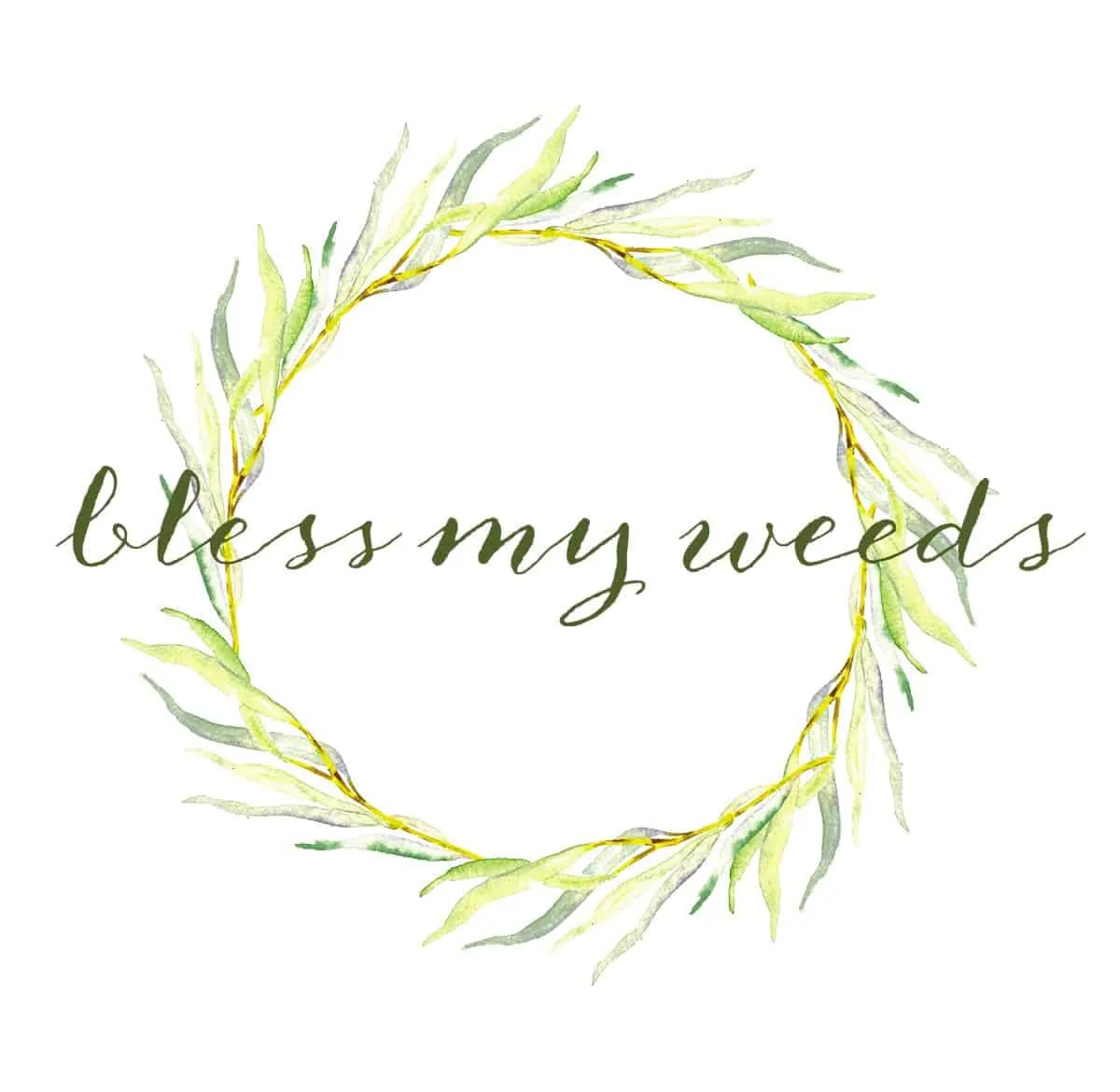
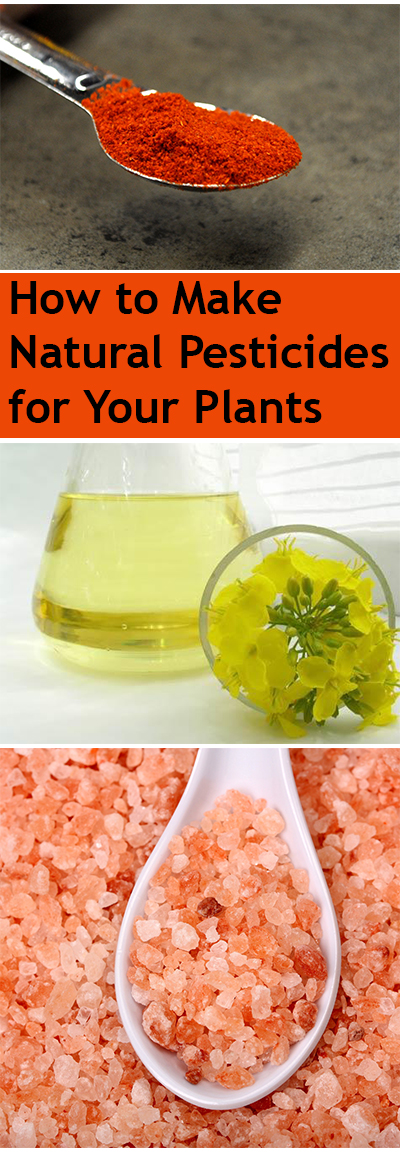
thank you so much, but, please, what are the “milky spores”? thanks)
I was wondering that too.
You can find milky spore at your garden center – just ask an associate about it. Follow the directions on the package. We used it in our midwestern yard to dramatically reduce grubs and Japanese beetles (and other bugs that emerge from time in the soil).
about the salt? I thought salt kills plants?
About using cinnamon, they stopped selling the chemical damp off for seedlings so I have been using cinnamon to stop stem rot on my young seedlings , just sprinkle a little on the top of your seedling mix water from the bottom and works wonders.
I’d like more info on the cayenne/soap. Shake a couple of drops of soap with cayenne and you have? Do you add water and how do you apply it? Thank you! I’d also like to know about the salt.
No water needs to be added. Just pour the mixture to the desired area!
Great ideas, but PLEASE in photo #2 is a photo of a monarch catipillar which are trying to help not kill.
Thank you for noticing…I will change the photo!
Are these solutions also applicable for indoor house plants, specifically with spider mites?
I would assume so, just make sure you scale back how much you can use since there is a limited amount of soil